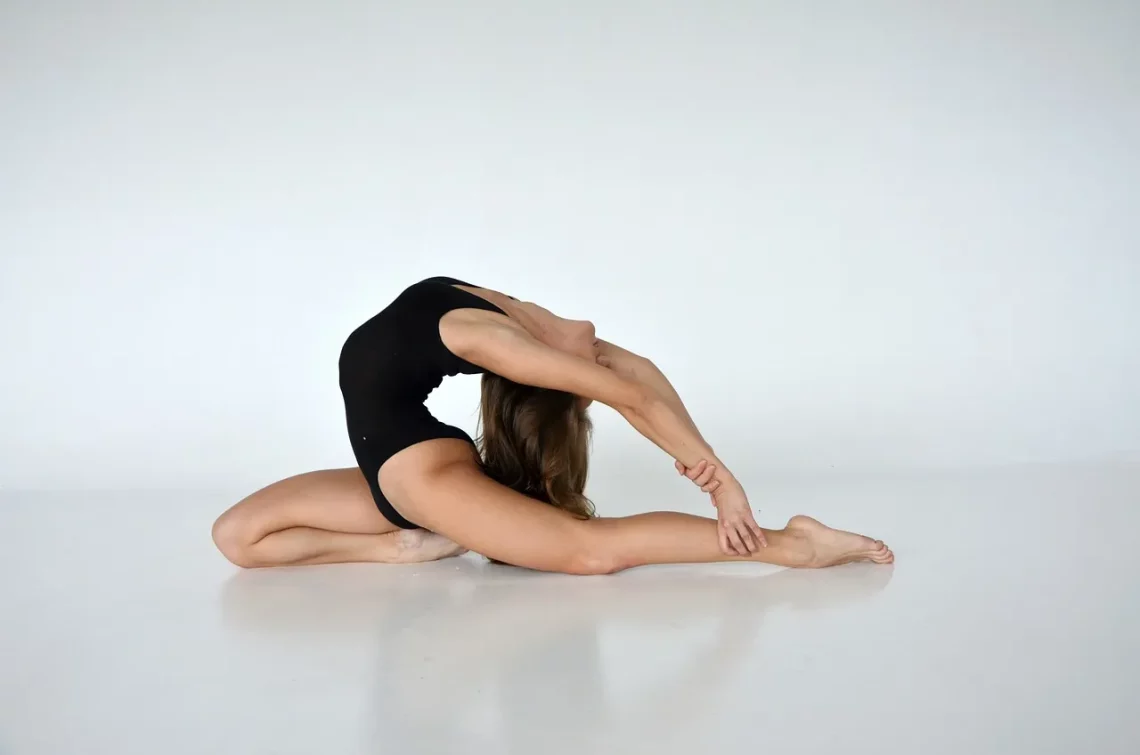
Choosing the Best Gymnastics Bar with Mat for Safe Practice
Gymnastics is a sport that combines strength, flexibility, balance, and coordination, captivating audiences and participants alike. Whether you’re a budding gymnast, a dedicated coach, or a parent encouraging your child’s athletic journey, ensuring safe and effective practice is paramount. One of the essential pieces of equipment in this endeavor is the gymnastics bar, which serves as a fundamental tool for developing skills and techniques. However, to practice safely, it’s crucial to pair this equipment with a quality mat to absorb impacts and provide stability.
The right gymnastics bar can facilitate an array of exercises, from basic swings to advanced routines. It not only helps build strength and confidence but also allows gymnasts to progress at their own pace. Similarly, a reliable mat serves to cushion falls and support various movements, ensuring that gymnasts can practice without the constant fear of injury. With the myriad options available on the market, choosing the right gymnastics bar and mat can seem daunting. In this article, we will explore key factors to consider when selecting the best gymnastics bar with a mat, enhancing your understanding and ultimately leading to safer practice sessions.
Understanding the Different Types of Gymnastics Bars
When selecting a gymnastics bar, it’s essential to understand the various types available. The primary categories include horizontal bars, uneven bars, and training bars, each serving distinct purposes in skill development.
Horizontal bars, commonly used in men’s gymnastics, are designed for swinging and performing intricate routines. They are typically adjustable, allowing gymnasts to customize their height according to their skill level. This flexibility is crucial for both learning new techniques and executing advanced maneuvers.
Uneven bars, on the other hand, are primarily utilized in women’s gymnastics. They consist of two bars set at different heights, enabling gymnasts to transition between the two while performing various skills. The challenge lies in the coordination and timing required to navigate the space between the bars, making them an excellent choice for developing agility and precision.
Training bars are another popular option, especially for home practice. These bars are often made of lighter materials and are designed to be portable and easy to set up. They come in various sizes and can be adjusted to accommodate different heights, making them suitable for gymnasts of all ages and skill levels.
When choosing a bar, consider factors such as the gymnast’s age, skill level, and the type of gymnastics they will be practicing. Quality construction is also vital, ensuring the bar can withstand rigorous use while maintaining stability. Look for bars made from durable materials like steel or aluminum, as these will offer the best support and longevity.
In addition, keep in mind the weight limit of the bar. Each product should specify the maximum weight it can support, ensuring it is safe for the intended user. By carefully considering these factors, you can select a gymnastics bar that will serve as a reliable foundation for practice and skill development.
The Importance of a Quality Mat for Safety
While a gymnastics bar is crucial for skill development, pairing it with a suitable mat is equally important for safety. A quality mat provides the necessary cushioning to absorb impacts during falls, reducing the risk of injury. This is particularly vital for beginners who are still mastering their skills and may be more prone to falls.
Mats come in various sizes and thicknesses, and choosing the right one can significantly affect the gymnast’s confidence and performance. Thicker mats are generally preferred for higher-impact activities, as they offer more cushioning. However, the mat’s surface material is also essential. Look for mats made from high-density foam that provide a firm yet comfortable surface for practicing skills.
In addition to thickness and material, consider the mat’s dimensions. It should be large enough to accommodate the gymnast’s movements without risk of falling off the edge. Some mats are designed specifically for use with gymnastics bars, featuring cutouts or additional support areas that align with the bar’s placement.
Another consideration is portability. If you plan to move the mat frequently or store it away when not in use, opt for a lightweight and foldable design. This will make it easier to transport and set up without sacrificing safety.
Finally, ensure that the mat has a non-slip surface. This feature is crucial for maintaining stability during practice, preventing slips that could lead to injuries. A mat with a textured surface will provide better grip, allowing gymnasts to focus on their performance rather than worrying about losing their footing.
Investing in a high-quality mat is an essential step in creating a safe practice environment for gymnasts of all levels. With the right mat, athletes can practice with confidence, knowing they have adequate protection as they work to enhance their skills.
Features to Look for When Choosing a Gymnastics Bar and Mat Combo
When selecting a gymnastics bar and mat combo, several features should be considered to ensure you make the best choice for safety and functionality. First and foremost, compatibility between the bar and mat is vital. The mat should be designed to fit the bar’s dimensions and height, providing a stable base for practice.
One important feature to look for is adjustability. Many gymnastics bars offer adjustable heights, allowing the equipment to grow with the gymnast as they develop their skills. This feature is particularly beneficial for families with multiple children or for gyms that cater to a range of ages and abilities. The mat should also be adjustable or have different configurations to suit various skill levels and exercises.
Another critical aspect to consider is the weight and portability of the equipment. If the gymnastics bar and mat will be moved frequently, lightweight materials will make transportation easier. Look for bars that can be easily disassembled or folded for storage, as well as mats that are designed for easy handling.
Durability is equally important. The gymnastics bar should be constructed from high-quality materials, such as steel or aluminum, to withstand the wear and tear of regular use. The mat should be made from high-density foam that retains its shape over time, providing consistent cushioning for gymnasts.
Finally, check for safety certifications and reviews from other users. Equipment that meets safety standards and comes recommended by other gymnasts or coaches can provide additional peace of mind. Researching customer feedback can help identify any potential issues with stability, comfort, or overall performance.
By considering these features, you can make an informed decision when choosing a gymnastics bar and mat combo, ensuring a safe and effective practice environment for gymnasts of all levels.
Maximizing Practice Safety and Effectiveness
To maximize safety and effectiveness during gymnastics practice, it’s not only essential to select the right equipment but also to implement best practices in training. One key aspect is establishing a safe practice environment. Ensure that the area around the gymnastics bar and mat is clear of obstacles, providing ample space for gymnasts to perform their routines without risk of injury.
In addition to maintaining a safe space, proper supervision is crucial, especially for younger or less experienced gymnasts. Having a qualified coach or experienced gymnast present can provide valuable guidance and support, helping to prevent accidents and encourage proper technique.
Warm-up exercises are an essential component of any gymnastics training session. Before engaging in bar work, gymnasts should perform a thorough warm-up to prepare their bodies for the demands of the sport. This can include dynamic stretches, strength-building exercises, and skill-specific drills that focus on form and technique.
Encouraging a culture of safety among gymnasts is also vital. Teach athletes to recognize their limits and to prioritize safety over performing new skills. This includes understanding when to take breaks and the importance of listening to their bodies. Reinforcing the idea that it’s okay to fail and that progress takes time can help build confidence and reduce the pressure to perform perfectly.
Lastly, regular equipment checks are essential to ensure that the gymnastics bar and mat remain in good condition. Inspect the bar for any signs of wear or instability, and ensure that the mat is free from tears or damage that could compromise its effectiveness.
By implementing these safety measures and encouraging a positive training environment, gymnasts can practice effectively while minimizing the risk of injury.
In conclusion, choosing the right gymnastics bar and mat is essential for safe practice. By considering the different types of bars, the importance of quality mats, and the features to look for in a combo, you can create an ideal practice environment. Remember that safety and effectiveness go hand in hand, and fostering a culture of awareness and preparation will benefit gymnasts at all levels.
Please note that this article does not constitute medical advice. For any health concerns or medical issues, always consult with a qualified healthcare professional.




